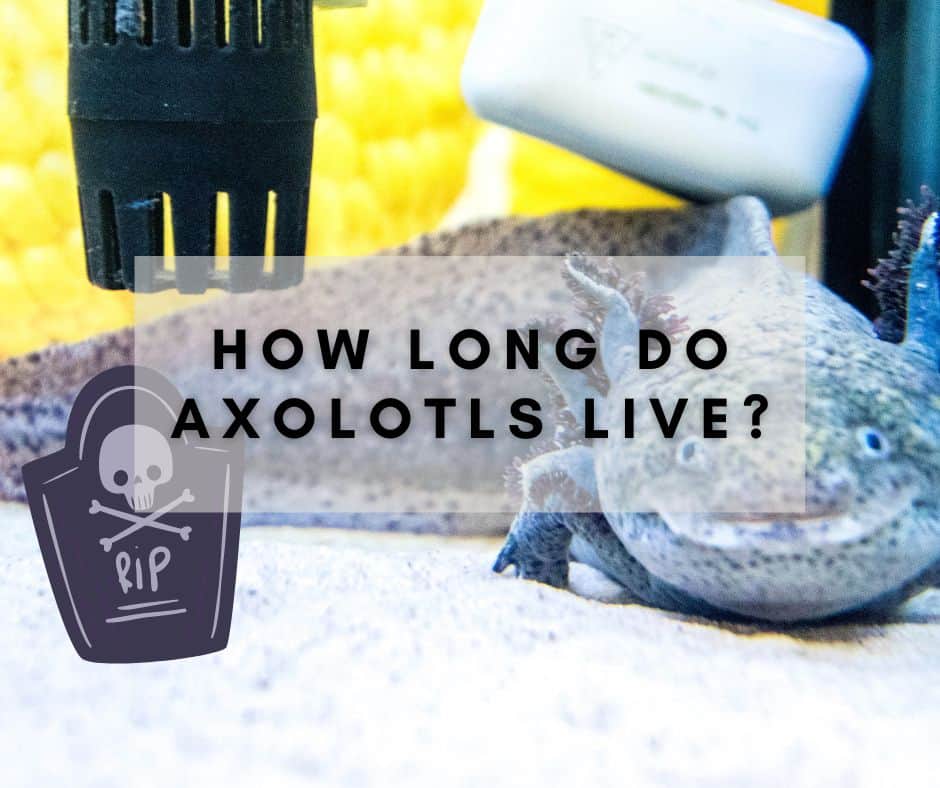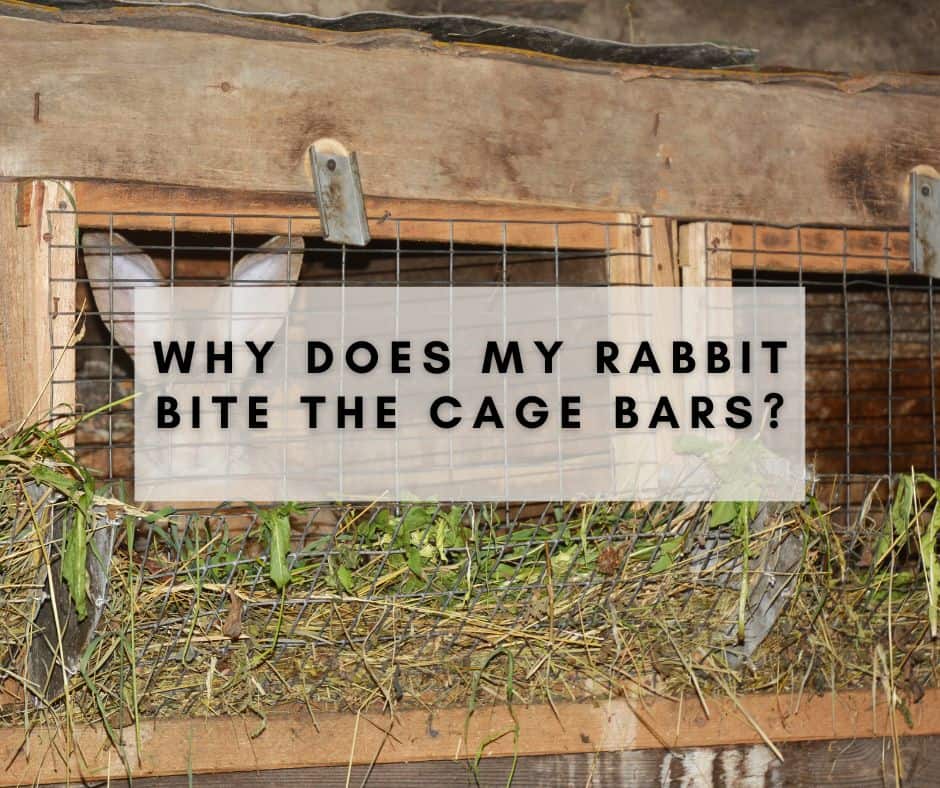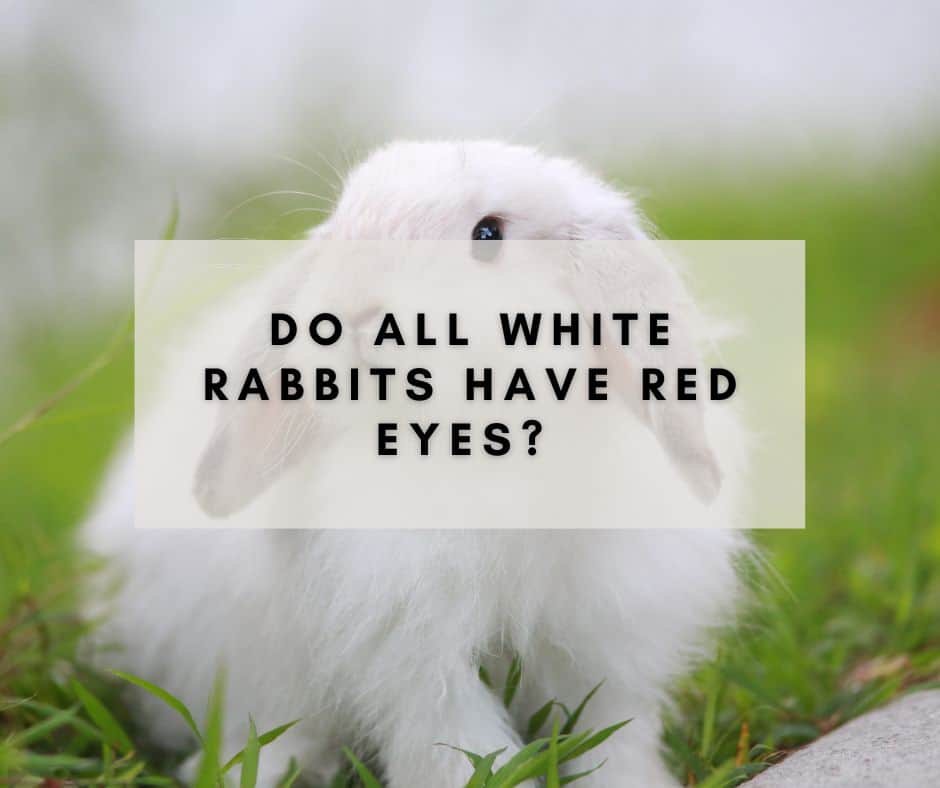Welcome to the captivating world of axolotls, where enchantment and wonder abound. These unique creatures have long captured the fascination of both scientists and pet enthusiasts alike. One burning question that often arises is: How long do axolotls live? Join us as we embark on a journey to uncover the secrets of their lifespan and explore the factors that influence their longevity.
Axolotls generally live between 8 and 15 years. Factors like genetics, water quality, nutrition, and stress management influence their lifespan. The Mexican axolotl typically lives 10-15 years, while leucistic axolotls have a shorter lifespan of 8-12 years. Golden axolotls have a similar lifespan to the Mexican axolotl, and wild-type axolotls may live 8-12 years.
Providing proper care, maintaining water quality, and offering a balanced diet is crucial for extending their lifespan. With optimal conditions, these captivating creatures can thrive and inspire us with their longevity.
Contents
- 1 Axolotl Life Cycle: A Journey Through Time
- 2 Factors Influencing Axolotl Lifespan
- 3 Axolotl Lifespan: A Matter of Species
- 4 Tales of Longevity: Axolotls That Defy Time
- 5 Care Tips for Extending Axolotls’ Lifespan
- 6 Axolotl Myths: Separating Fact from Fiction
- 7 Environmental Enrichment: Enhancing Axolotls’ Quality of Life
- 8 The Bonding Experience: Interacting with Your Axolotl
- 9 Conclusion
Axolotl Life Cycle: A Journey Through Time
Axolotls possess a remarkable feature that sets them apart from most other amphibians: they exhibit neoteny, which means they reach sexual maturity without undergoing metamorphosis. Unlike frogs or toads, axolotls retain their larval characteristics throughout their lives, including their external gills and aquatic lifestyle. This fascinating adaptation allows us to observe them in their juvenile form for a prolonged period.
During their early days, axolotls undergo significant growth and development. They feed voraciously on small invertebrates, gradually increasing in size as they consume more nourishment. As they reach maturity, typically around 12-18 months, they settle into their adult size and exhibit their distinctive features, such as their feathery gills and vibrant coloration.
Factors Influencing Axolotl Lifespan
Several factors contribute to the overall lifespan of axolotls, ensuring they live their lives to the fullest.
Genetic makeup: Just like in humans, genetics play a crucial role in determining the lifespan of axolotls. Some individuals are genetically predisposed to longer lives, while others may have inherent vulnerabilities that shorten their lifespan. Responsible breeding practices can help promote healthier axolotls with a higher chance of longevity.
Water quality matters: Creating the perfect habitat: Axolotls are highly sensitive to water conditions, making the quality of their aquatic environment essential for their well-being and lifespan. Maintaining suitable water parameters, including temperature, pH levels, and ammonia levels, is crucial. Regular water changes and filtration systems aid in preserving optimal water quality.
Nutritional needs: Feeding axolotls for a long and healthy life: Providing a balanced and nutrient-rich diet is vital for axolotls’ health and longevity. Their diet mainly consists of small, live prey, such as bloodworms, daphnia, and brine shrimp. Ensuring a varied diet and supplementing with calcium-rich foods helps support their growth, bone development, and overall vitality.
Stress management: Minimizing factors that impact longevity: Axolotls are susceptible to stress, which can negatively affect their health and lifespan. Factors like overcrowding, aggressive tankmates, abrupt environmental changes, and poor water conditions can lead to stress. Creating a calm and stable environment and minimizing potential stressors significantly contribute to extending their lifespan.
Axolotl Lifespan: A Matter of Species
The lifespan of axolotls can vary depending on the specific species or morph they belong to. Let’s explore some of the common types of axolotls and their associated lifespans.
Mexican axolotl (Ambystoma mexicanum): The standard-bearer The Mexican axolotl, the most well-known and studied species, has a typical lifespan of 10-15 years under optimal conditions. These incredible creatures have become a symbol of longevity and have captivated the hearts of axolotl enthusiasts worldwide.
Leucistic axolotl: Albino beauties with a shorter lifespan Leucistic axolotls, with their stunning white or pale pink coloration and red eyes, often have a slightly shorter lifespan compared to their wild-type counterparts. While individual variation exists, they generally live around 8-12 years.
Golden axolotl: Gilded wonders that share the Mexican’s lifespan The golden axolotl, prized for its shimmering golden hue, shares a similar lifespan to the Mexican axolotl. With proper care and a conducive environment, these radiant beauties can live for 10-15 years.
Wild-type axolotl: The diverse group with variable lifespans Wild-type axolotls encompass a broad range of colors and patterns, including shades of brown, black, and speckled combinations. Their lifespans can vary, with some individuals living 8-12 years, while others may reach the upper end of the Mexican axolotl’s lifespan.
Tales of Longevity: Axolotls That Defy Time
While the general lifespan range for axolotls has been established, there have been accounts of individuals exceeding expectations and living significantly longer. These exceptional axolotls, like the mythical Peter Pan, seem to defy the passage of time. Their extraordinary stories continue to inspire and captivate us.
The Legendary Peter Pan Axolotls: Revisiting the Fountain of Youth Named after the ageless boy who never grows old, the Peter Pan axolotls have gained legendary status among enthusiasts. These unique individuals have surpassed the typical lifespan and live well beyond 15 years. Scientists study them fervently, hoping to unlock the genetic and environmental factors contributing to their prolonged existence.
Astonishing accounts of axolotls surpassing expectations Beyond the Peter Pan axolotls, there have been documented instances of individual axolotls living for over two decades. These remarkable stories highlight the potential for axolotls to thrive and flourish when provided with optimal care, favorable genetics, and a bit of luck.
Care Tips for Extending Axolotls’ Lifespan
To ensure your axolotl companions enjoy a long and healthy life, it’s crucial to provide them with the care they deserve. Here are some tips to help extend their lifespan:
Providing the perfect tank setup: Creating an aquatic paradise Axolotls requires an appropriately sized tank with ample swimming space and hiding spots. Providing a substrate that avoids ingestion risks, like fine sand or bare-bottom tanks, is recommended. Ensuring a gentle water flow and suitable temperature, generally between 60-68°F (15-20°C), contributes to their well-being.
A balanced diet: Unleashing the nutrition secrets Feed your axolotls a varied diet of live prey, including bloodworms, daphnia, and brine shrimp. Supplementation with calcium-rich foods like cuttlebone or calcium powder helps support their bone health. Avoid overfeeding, as obesity can lead to health issues and a shortened lifespan.
Disease prevention and proactive healthcare Regularly monitor your axolotls for any signs of illness, such as changes in behavior, loss of appetite, or skin abnormalities. Maintain good water quality, perform routine water changes, and quarantine new tank additions to prevent the introduction of diseases. Consult with a knowledgeable veterinarian if any health concerns arise.
Axolotl Myths: Separating Fact from Fiction
As with any popular pet, axolotls have accumulated their fair share of myths and misconceptions over time. Let’s debunk some of the common misunderstandings surrounding their lifespan:
Myth: Axolotls live forever. While axolotls have impressive lifespans compared to many other amphibians, they are not immortal. Their typical lifespan ranges from 8-15 years, depending on various factors.
Myth: Axolotls can survive without proper care and maintenance. Axolotls are resilient creatures, but they still require suitable care to thrive. Neglecting their needs and living conditions can significantly impact their health and lifespan.
Myth: Axolotls can regenerate indefinitely. While axolotls have an extraordinary regenerative ability, their regeneration is not limitless. Over time, repeated injuries or health issues can tax their regenerative capabilities, affecting their overall well-being.
Environmental Enrichment: Enhancing Axolotls’ Quality of Life
Axolotls, like any living beings, benefit from environmental enrichment that stimulates their natural behaviors and provides mental and physical exercise. Incorporating various elements into their tank setup can enhance their overall well-being and potentially contribute to a longer lifespan.
Aquatic plants and hiding spots: Adding live or artificial aquatic plants, such as Java moss or Anubias, not only enhances the aesthetic appeal of the tank but also provides shelter and hiding spots for axolotls. These natural hiding places create a sense of security and reduce stress levels.
Substrate and tank decor: Utilizing a suitable substrate, such as large smooth pebbles or river rocks, can mimic a natural environment for axolotls. Additionally, incorporating tank decors like driftwood, PVC pipes, or caves can create additional hiding places and opportunities for exploration.
Gentle water flow and filtration: Axolotls prefer calm water with minimal flow. Using a sponge filter or adjusting the water flow in the tank can help create a more comfortable environment for them. Adequate filtration is also crucial to maintain optimal water quality and reduce the accumulation of waste.
The Bonding Experience: Interacting with Your Axolotl
Building a bond with your axolotl can be a rewarding and fulfilling experience. While they may not exhibit the same level of affection as dogs or cats, they can still recognize their owners and respond positively to interaction. Developing a positive relationship and engaging in appropriate interaction can contribute to their overall well-being and potentially extend their lifespan.
Gentle handling and hand-feeding: When handling axolotls, it’s essential to be gentle and minimize stress. Use wet hands or a soft net to support them properly and avoid squeezing or applying excessive pressure. Hand-feeding them with small, appropriately sized live prey can create a positive association and foster trust.
Observation and interaction time: Spending time observing your axolotls can provide valuable insights into their behaviors and preferences. Sitting near the tank and allowing them to become accustomed to your presence can lead to increased comfort and curiosity. However, it’s important to remember that axolotls are primarily aquatic creatures and should not be handled excessively or for prolonged periods.
By incorporating environmental enrichment and establishing a bond with your axolotls, you not only enhance their quality of life but also create a deeper connection with these captivating creatures, contributing to their overall happiness and potential lifespan extension.
Conclusion
Axolotls, the enchanting creatures of aquatic wonder, continue to mesmerize us with their unique features and captivating presence. Understanding the factors that influence their lifespan and providing optimal care is essential for ensuring they live fulfilling lives.
By creating the perfect habitat, nourishing them with a balanced diet, and promoting their well-being, we can celebrate and cherish these remarkable creatures that grace our world. So, dive into the world of axolotls and unlock the secrets of their longevity, for their magic continues to unfold before our eyes.




